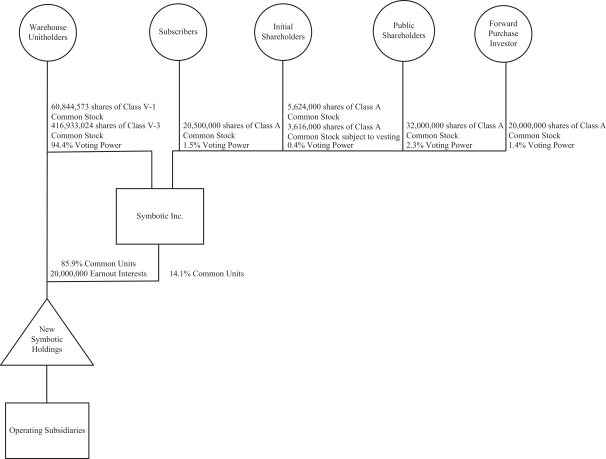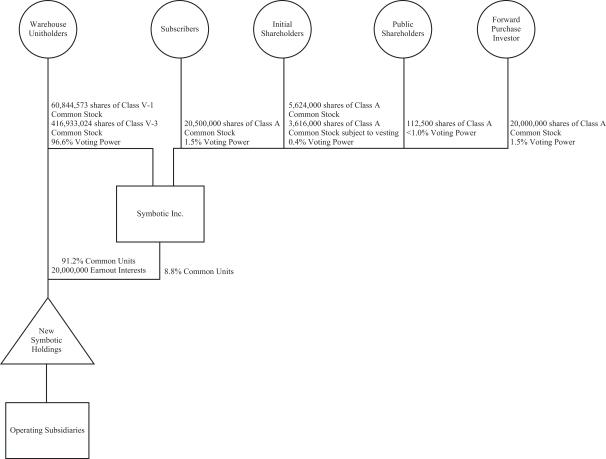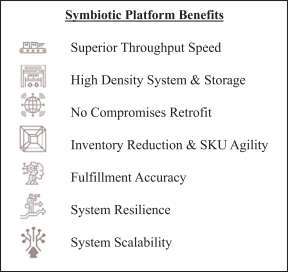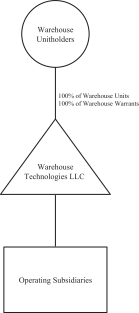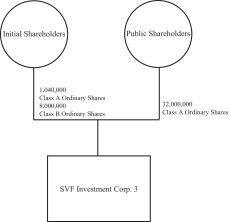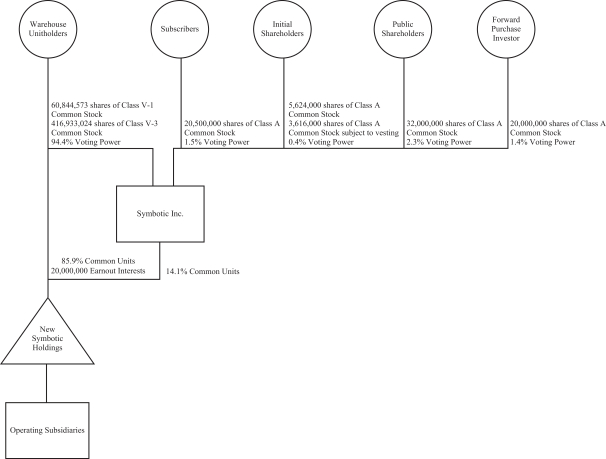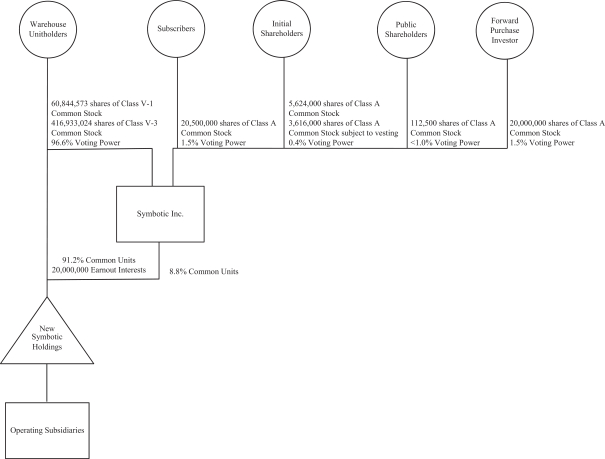5.11
No Recourse
. Notwithstanding anything that may be expressed or implied in this Agreement (except in the case of the immediately succeeding sentence) or any document, agreement, or instrument delivered contemporaneously herewith, and notwithstanding the fact that any Party may be a partnership or limited liability company, each Party hereto, by its acceptance of the benefits of this Agreement, covenants, agrees and acknowledges that no Persons other than the Parties shall have any obligation hereunder and that no Party has any rights of recovery hereunder against, and no recourse hereunder or under any documents, agreements or instruments delivered contemporaneously herewith or in respect of any oral representations made or alleged to be made in connection herewith or therewith shall be had against any former, current or future director, officer, agent, Affiliate, manager, assignee, incorporator, controlling Person, fiduciary, representative or employee of any Party (or any of their successors or permitted assignees), against any former, current, or future general or limited partner, manager, stockholder or member of any Party (or any of their successors or permitted assignees) or any Affiliate thereof or against any former, current or future director, officer, agent, employee, Affiliate, manager, assignee, incorporator, controlling Person, fiduciary, representative, general or limited partner, stockholder, manager or member of any of the foregoing, but in each case not including the Parties (each, but excluding for the avoidance of doubt, the Parties, a “
”), whether by or through attempted piercing of the corporate veil, by or through a claim (whether in tort, Contract, equity or otherwise) by or on behalf of such Party against the
Non-Party
Affiliates, by the enforcement of any assessment or by any Proceeding, or by virtue of any statute, regulation or other applicable Law, or otherwise; it being agreed and acknowledged that no personal Liability whatsoever shall attach to, be imposed on, or otherwise be incurred by any
Non-Party
Affiliate, as such, for any obligations of the applicable Party under this Agreement or any agreements, certificates, instruments and documents delivered pursuant hereto or the transactions contemplated hereby, in respect of any oral representations made or alleged to be made in connection herewith or therewith, or for any claim (whether in tort, Contract, equity or otherwise) based on, in respect of or by reason of such obligations or their creation. Notwithstanding the foregoing, a
Non-Party
Affiliate may have obligations under any documents, agreements or instruments delivered contemporaneously herewith or otherwise required by this Agreement if such
Non-Party
Affiliate is party to such document, agreement or instrument. Except to the extent otherwise set forth herein, and subject in all cases to the terms, conditions and limitations set forth herein, this Agreement may only be enforced against, and any claim or cause of action of any kind based upon, arising out of, or related to this Agreement, or the negotiation, execution or performance of this Agreement, may only be brought against the entities that are named as Parties hereto and then only with respect to the obligations set forth herein with respect to such Party. Each
Non-Party
Affiliate is intended as a third-party beneficiary of this
Section
5.11
.
